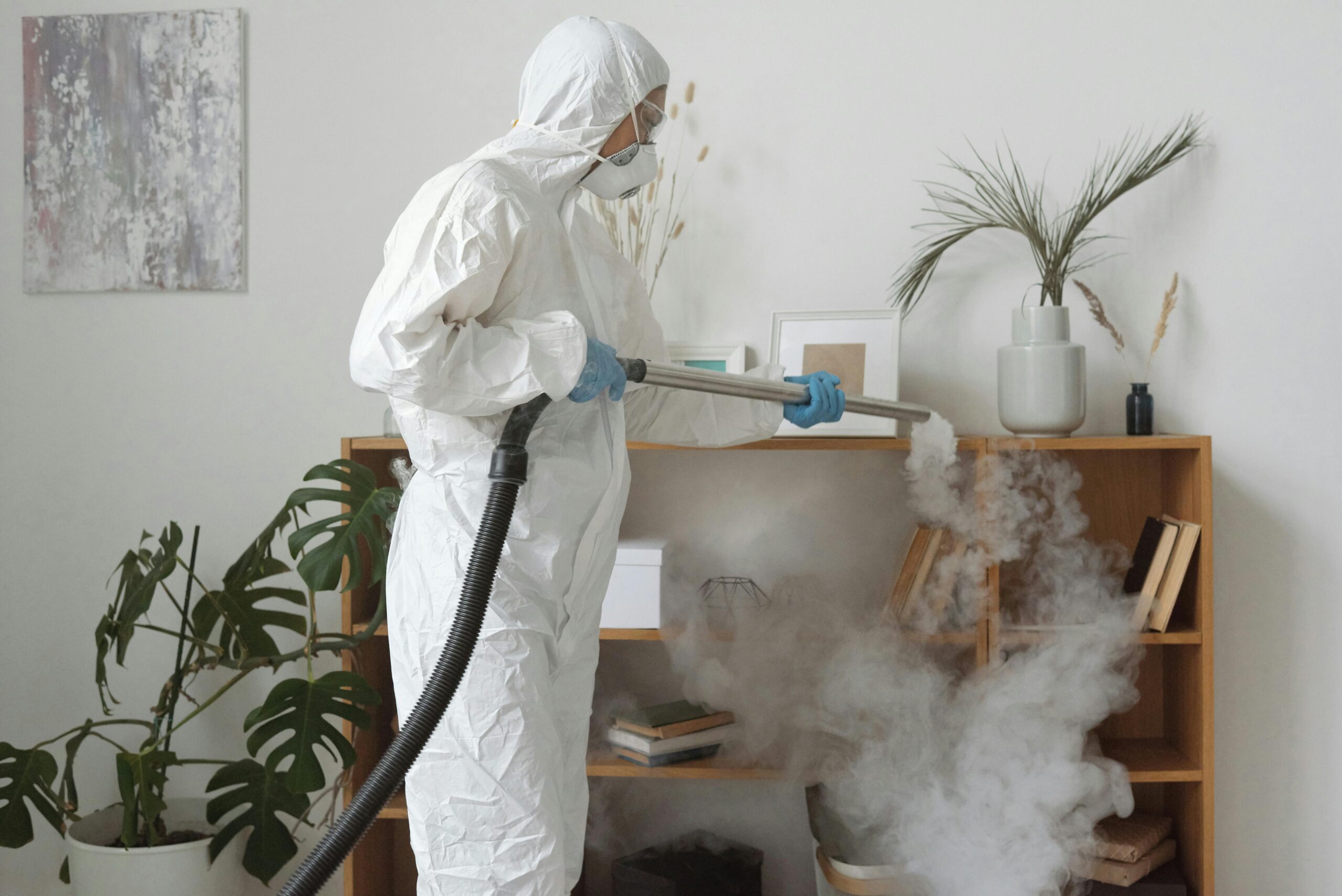Understanding Homeowners Liability: What Are You Really Responsible For?
Homeowners liability is a critical aspect of owning a home that often goes unnoticed until an incident occurs. It essentially refers to your legal responsibility for injuries or damages that happen to someone else on your property. This responsibility extends to various scenarios, from a guest tripping on your steps to a delivery person being bitten by your dog. Understanding the scope of homeowners liability is the first step in protecting yourself and your assets.
Your homeowners insurance policy is designed to provide financial protection in these situations, but it’s important to know what it covers and what it doesn’t. Liability coverage within your policy can help pay for legal fees, medical bills, and other expenses if you’re found liable for an accident on your property. However, there are limits to this coverage, and certain exclusions may apply.
For example, intentional acts are typically not covered under homeowners liability. If you deliberately cause harm to someone, your insurance company is unlikely to pay for the resulting damages. Similarly, business activities conducted on your property may not be covered unless you have a separate business insurance policy. It’s also worth noting that some policies have specific exclusions for certain types of incidents, such as trampoline-related injuries or damages caused by certain dog breeds.
Beyond the basics, homeowners liability also encompasses your responsibility for maintaining a safe environment on your property. This includes taking reasonable steps to prevent accidents and injuries, such as repairing broken steps, clearing snow and ice from walkways, and properly maintaining your swimming pool. Failure to do so could increase your liability in the event of an accident. Learn more about homeowner maintenance with these tips to prevent costly damage.
The Ultimate Guide to Homeowners Liability: Common Scenarios and How to Avoid Them
Several common scenarios can trigger homeowners liability claims. Understanding these situations and taking proactive measures to prevent them is crucial for minimizing your risk.
One of the most frequent causes of homeowners liability claims is slip-and-fall accidents. These can occur due to a variety of factors, such as wet floors, icy walkways, uneven surfaces, or poorly lit areas. To prevent these accidents, it’s important to maintain your property in good condition, address any hazards promptly, and provide adequate lighting. Using non-slip mats, installing handrails, and regularly inspecting your property for potential hazards can also help reduce the risk of slip-and-fall accidents.
Another common scenario involves injuries caused by pets, particularly dog bites. As a dog owner, you’re responsible for controlling your pet and preventing it from harming others. This includes keeping your dog leashed in public areas, properly training it, and taking precautions to prevent it from biting. Some homeowners insurance policies have restrictions or exclusions related to dog bites, so it’s important to review your policy carefully and ensure that you have adequate coverage. Also, depending on your area and if your dog has a history of biting, the insurance company may not provide liability coverage.
Swimming pool accidents are another significant source of homeowners liability claims. Pools can be attractive nuisances, and homeowners are responsible for ensuring that their pools are safe and secure. This includes installing proper fencing, using pool covers when the pool is not in use, and enforcing rules regarding pool safety. Never allow children to swim unsupervised, and consider taking a CPR course to be prepared for emergencies. For further information on preparing for disasters, read this guide to home disaster preparedness.
Beyond these common scenarios, other potential sources of homeowners liability claims include injuries caused by falling objects, accidents involving outdoor equipment, and damages caused by trees or other vegetation on your property. By being aware of these risks and taking steps to mitigate them, you can significantly reduce your exposure to homeowners liability claims. You can also read more about the importance of having business insurance for other aspects of potential liability at this Beach Insurance LLC blog post.
Slip-and-Fall Accidents: Preventing Injuries and Liability on Your Property
Slip-and-fall accidents are a leading cause of injuries and homeowners liability claims. These incidents can occur anywhere on your property, from the front steps to the backyard patio. Preventing slip-and-fall accidents requires a proactive approach that includes identifying potential hazards, addressing them promptly, and taking steps to create a safe environment for visitors.
One of the most effective ways to prevent slip-and-fall accidents is to maintain your property in good condition. This includes repairing any broken steps, patching cracks in walkways, and ensuring that handrails are secure. Regularly inspect your property for potential hazards, such as loose rugs, uneven surfaces, and overgrown vegetation. Address any issues promptly to prevent them from causing an accident.
Another important step is to keep your property well-lit. Poor lighting can make it difficult for people to see potential hazards, increasing the risk of slip-and-fall accidents. Install adequate lighting along walkways, steps, and other areas where people are likely to walk. Consider using motion-sensor lights to provide additional illumination when needed. Don’t forget to check on coverage to ensure that you have loss of use coverage for such an instance.
Weather conditions can also contribute to slip-and-fall accidents. During the winter months, snow and ice can create slippery surfaces that are particularly hazardous. Clear snow and ice from walkways promptly, and use salt or sand to provide traction. In the fall, fallen leaves can also create slippery conditions. Rake leaves regularly to prevent them from accumulating on walkways and other areas where people walk.
In addition to these measures, it’s also important to be mindful of potential hazards inside your home. Wet floors, spills, and clutter can all increase the risk of slip-and-fall accidents. Clean up spills immediately, and keep floors dry and free of clutter. Use non-slip mats in bathrooms and kitchens, and encourage family members and guests to wear shoes or slippers to prevent slipping.
By taking these precautions, you can significantly reduce the risk of slip-and-fall accidents on your property and minimize your exposure to homeowners liability claims.
Dog Bites and Animal-Related Incidents: Minimizing Risk and Legal Exposure
Dog bites and other animal-related incidents are a significant source of homeowners liability claims. As a pet owner, you’re responsible for controlling your animal and preventing it from harming others. Failure to do so can result in serious injuries and costly legal expenses.
One of the most important steps you can take to minimize the risk of dog bites is to properly train your dog. Obedience training can help your dog learn to respond to commands and control its behavior. Socialization is also important, as it helps your dog become comfortable around people and other animals. Expose your dog to a variety of situations and environments to help it develop into a well-adjusted and well-behaved pet.
Even with proper training, it’s important to take precautions to prevent your dog from biting. Keep your dog leashed in public areas, and avoid situations where it may feel threatened or anxious. Supervise your dog when it’s around children, and teach children how to interact with dogs safely. Never allow children to tease or provoke a dog, and always ask permission before petting someone else’s dog.
Certain dog breeds are considered to be more dangerous than others, and some homeowners insurance policies have restrictions or exclusions related to these breeds. If you own a dog that is considered to be a high-risk breed, it’s important to review your policy carefully and ensure that you have adequate coverage. You may also need to take additional precautions, such as installing a fence or obtaining specialized training for your dog.
In addition to dog bites, other animal-related incidents can also trigger homeowners liability claims. For example, if your dog chases and injures someone, or if your cat scratches a visitor, you could be held liable for the resulting damages. Take steps to prevent these incidents by keeping your pets under control and ensuring that they don’t pose a threat to others.
If your dog does bite someone, it’s important to take immediate action. Provide first aid to the victim, and contact animal control to report the incident. Exchange information with the victim, and notify your homeowners insurance company. Cooperating with the authorities and taking responsibility for your dog’s actions can help minimize your legal exposure.
By taking these precautions, you can significantly reduce the risk of dog bites and other animal-related incidents and protect yourself from costly homeowners liability claims.
Swimming Pool Safety: Essential Precautions to Protect Swimmers and Limit Liability
Swimming pools are a great source of enjoyment, but they also pose a significant risk of accidents and injuries. As a pool owner, you’re responsible for ensuring that your pool is safe and secure and for taking precautions to prevent accidents. Failure to do so can result in serious injuries and costly homeowners liability claims.
One of the most important steps you can take to ensure pool safety is to install proper fencing. A fence should completely surround the pool area and be at least four feet high. The fence should have a self-closing and self-latching gate that is out of reach of children. Regularly inspect the fence to ensure that it is in good condition and that the gate is working properly. Also, keep up with the most common uncovered claims in property insurance.
In addition to fencing, it’s also important to use a pool cover when the pool is not in use. A pool cover can prevent children and pets from accidentally falling into the pool. Choose a pool cover that is strong and durable and that can support the weight of a child or pet. Always remove the pool cover completely before using the pool.
Supervision is crucial when people are swimming in your pool, especially children. Never allow children to swim unsupervised, and designate a responsible adult to watch the pool at all times. Enforce rules regarding pool safety, such as no running, diving, or horseplay. Keep rescue equipment, such as a life ring and a reaching pole, readily available near the pool.
Consider taking a CPR course to be prepared for emergencies. Knowing how to perform CPR can save a life in the event of a drowning or other medical emergency. Keep a first-aid kit near the pool, and ensure that everyone who uses the pool knows where it is located.
Regularly inspect your pool for potential hazards, such as broken steps, loose tiles, and malfunctioning equipment. Repair any issues promptly to prevent accidents. Maintain proper water chemistry to prevent the growth of bacteria and algae. Follow the manufacturer’s instructions for operating and maintaining your pool equipment.
By taking these precautions, you can significantly reduce the risk of swimming pool accidents and injuries and protect yourself from costly homeowners liability claims. Also, remember to do a flood risk assessment by visiting this Beach Insurance LLC blog post.
Homeowners Insurance: A Crucial Layer of Protection Against Liability Claims
Homeowners insurance is an essential layer of protection against liability claims. While taking precautions to prevent accidents is important, it’s impossible to eliminate all risks. A comprehensive homeowners insurance policy can provide financial protection in the event that someone is injured or their property is damaged on your property.
Liability coverage is a standard component of homeowners insurance policies. It provides coverage for legal fees, medical bills, and other expenses if you’re found liable for an accident on your property. The amount of liability coverage you need depends on your individual circumstances and the value of your assets. Consider purchasing enough coverage to protect your assets from a potential lawsuit.
In addition to liability coverage, homeowners insurance policies also typically include coverage for medical payments. This coverage can help pay for the medical expenses of someone who is injured on your property, regardless of who is at fault. Medical payments coverage can be helpful in avoiding lawsuits, as it can provide quick and easy compensation for minor injuries.
It’s important to review your homeowners insurance policy carefully to understand what is covered and what is not. Certain types of incidents may be excluded from coverage, such as intentional acts or business activities conducted on your property. Some policies also have restrictions or exclusions related to certain dog breeds or swimming pool accidents. Be certain to check if coinsurance requirements are applicable.
Consider purchasing an umbrella insurance policy to provide additional liability coverage. An umbrella policy provides coverage above and beyond the limits of your homeowners insurance policy. It can be a valuable asset if you have significant assets to protect or if you engage in activities that increase your risk of liability claims. Read more about umbrella insurance fundamentals on our blog.
Work with an insurance professional to assess your individual needs and choose a homeowners insurance policy that provides adequate protection. Review your policy annually and make adjustments as needed to ensure that you have the right coverage for your changing circumstances.
Beyond Insurance: Additional Steps to Safeguard Your Assets From Lawsuits
While homeowners insurance is a crucial layer of protection against liability claims, it’s not the only step you can take to safeguard your assets from lawsuits. There are several additional strategies you can employ to minimize your risk and protect your financial security.
One of the most effective strategies is to structure your assets in a way that makes them more difficult to reach in a lawsuit. This can involve using trusts, limited liability companies (LLCs), or other legal entities to hold your assets. Consult with an attorney or financial advisor to determine the best asset protection strategies for your individual circumstances. Also, be sure to update your life insurance policies as needed.
Another important step is to practice good risk management. This involves identifying potential hazards on your property and taking steps to mitigate them. Regularly inspect your property for potential hazards, such as broken steps, loose rugs, and overgrown vegetation. Address any issues promptly to prevent accidents. Be mindful of your actions and avoid engaging in activities that could increase your risk of liability claims.
Consider purchasing additional insurance coverage to supplement your homeowners insurance policy. For example, if you own a swimming pool, you may want to purchase a separate swimming pool liability policy. If you own a dog, you may want to purchase a dog bite liability policy. These policies can provide additional protection in the event of a specific type of incident.
Document everything. Keep detailed records of all maintenance and repairs performed on your property. This documentation can be valuable in defending against liability claims, as it can demonstrate that you took reasonable steps to maintain your property in good condition. Keep records of any warnings you provide to guests or visitors about potential hazards on your property. This can help show that you took steps to inform others of the risks involved.
Finally, be proactive in resolving disputes. If you’re involved in a dispute with a neighbor or other party, try to resolve the issue amicably and avoid escalating the situation. Seek legal advice if necessary, and be prepared to negotiate a settlement. Resolving disputes quickly and efficiently can help prevent them from escalating into costly lawsuits.
By taking these additional steps, you can further safeguard your assets from lawsuits and protect your financial security. Remember that a comprehensive approach that includes homeowners insurance, asset protection strategies, risk management, and proactive dispute resolution is the best way to minimize your exposure to liability claims. You can learn more about how insurance premiums are rising and what can be done about them at this blog post about rising homeowners insurance rates.
For more information on homeowners liability, you can consult resources from the Insurance Information Institute (III).
Have questions? Contact us here.






